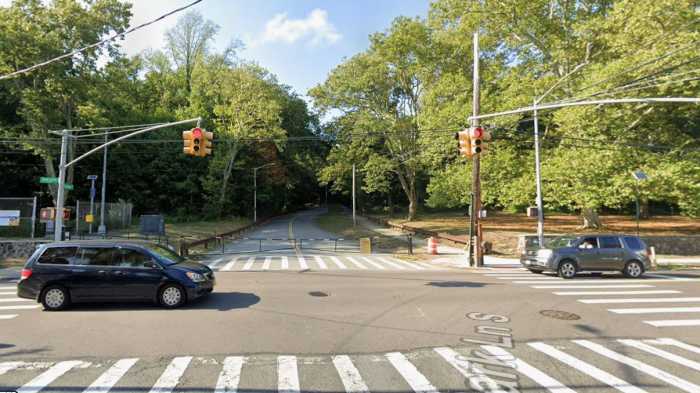By Bill Parry
The management of the Big Six Towers in Woodside, a Mitchell-Lama affordable housing development, is hoping that its letter to the City Council and other city agencies can help offset some of the criticism surrounding Mayor Bill de Blasio’s embattled affordable housing plan after two rounds of hearings last week.
The City Council has until late March to vote on the plan’s two components: Mandatory Inclusionary Housing, which would allow larger buildings in rezoned neighborhoods as long as new developments include a certain number of affordable units, and Zoning for Quality and Affordability, which paves the way for senior housing across the city.
While the City Planning Commission has already approved the two zoning initiatives, most community boards voted them down, as did the borough boards. The City Council vote will be the final step before they become law.
“On behalf of the 984 families who make up Big Six Towers, Inc., we urge you to support vital reforms that will grow and protect affordable housing,” Kevin Doyle, the president of the board of directors at the Big Six Towers, wrote last month. “Our fellow tenants are working people. They need and deserve affordable housing, and the zoning reforms proposed by the mayor will significantly boost the supply of affordable housing in our neighborhood.”
Doyle said the housing crisis has made more than half of New Yorkers “rent-burdened” who must spend over a third of their take-home pay on shelter,
“Every dollar spent on rent is one dollar less we have to feed our families, to educate our kids and to save for the future,” Doyle wrote. “It’s forcing families out of neighborhoods they’ve lived in their entire lives — and the only solution is to build a lot more affordable housing for the people that need it.”
The two components are part of the mayor’s 10-year plan to create and preserve 200,000 affordable housing units. Opponents of Mandatory Inclusionary Housing fear the changes will cause a construction boom that could wipe out the character of their neighborhoods.
Zoning for Quality and Affordability came under fire for no longer requiring parking spaces to be included for senior housing within a half-mile of subway stations or in so-called transit zones because of their proximity to transit links. Director of City Planning Carl Weisbrod noted that each parking spot at a senior development costs $50,000 to build, money better spend on housing.
City Councilman Peter Koo (D-Flushing) called the plan “too ambitious” and questioned the parking reforms.
“Although downtown Flushing is considered a transit zone, public transportation there is not enough,” Koo said. “Buses are overcrowded and the 7 train constantly has service disruptions. Seniors who have visited my office cannot walk one block without assistance, let alone half a mile which is the distance of a transit zone.”
Others questioned ZQA’s allowance for smaller apartments for senior housing, similar to micro-units, that could be as small as 275 square feet. City Councilman Donovan Richards (D-Laurelton), the chairman of the Zoning Subcommittee, suggested that is too small.
“I just know from my own grandmother, she couldn’t fit her hats into an apartment that size,” he said.
Reach reporter Bill Parry by e-mail at bparr



































